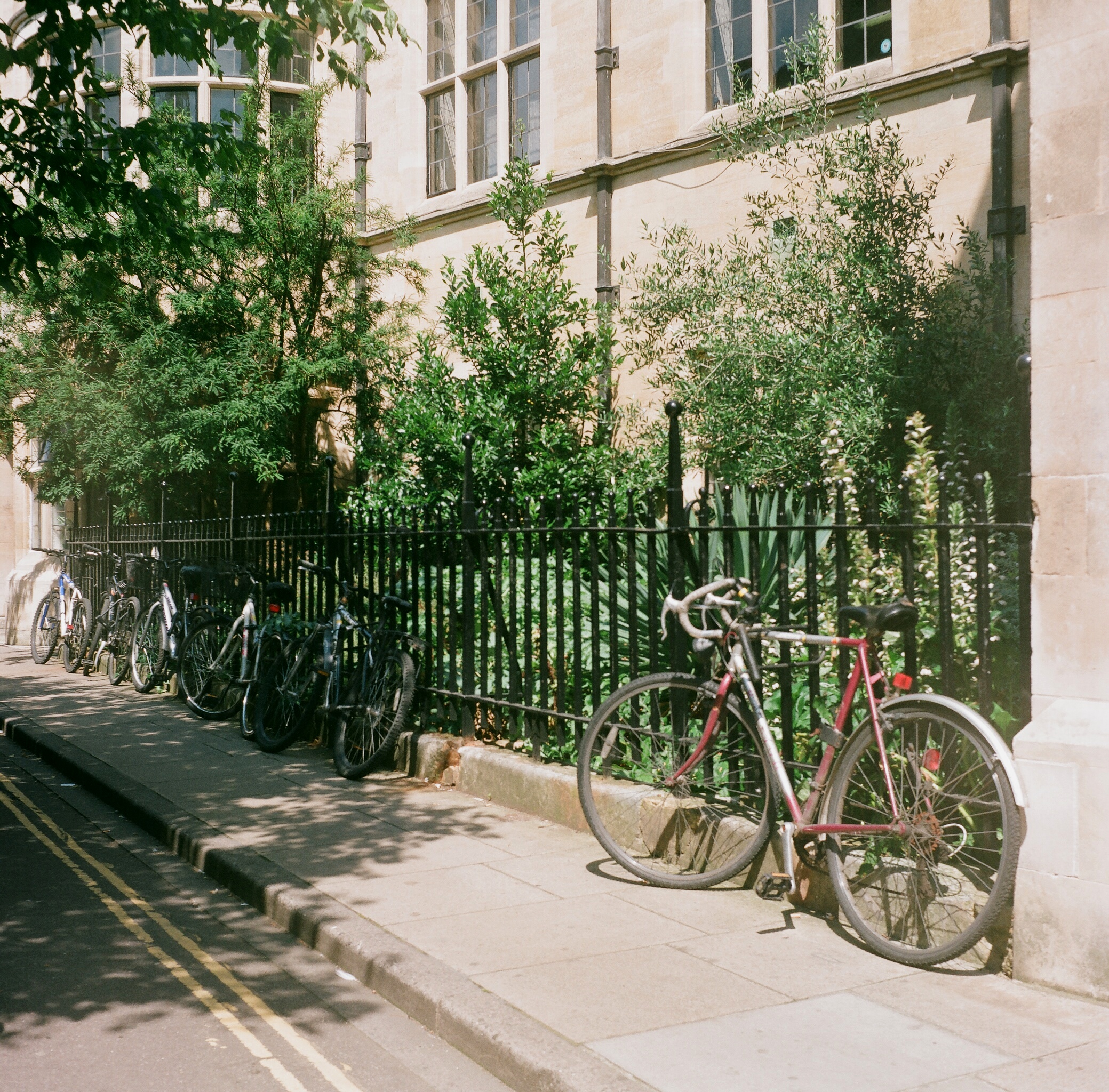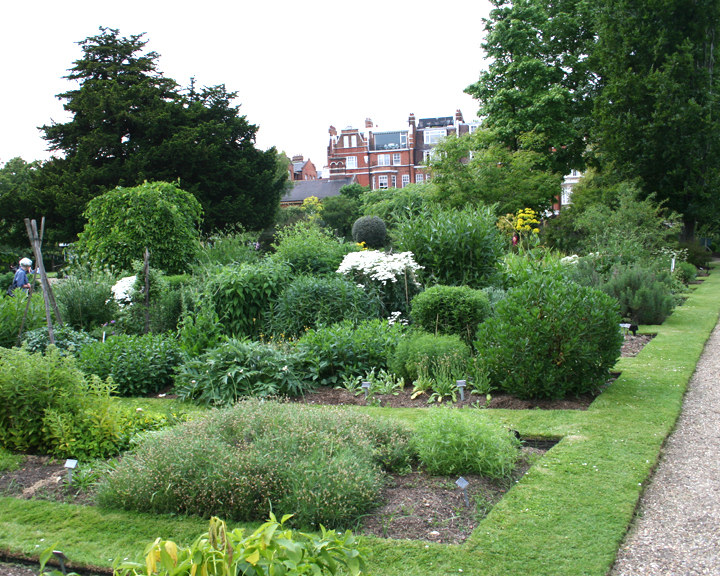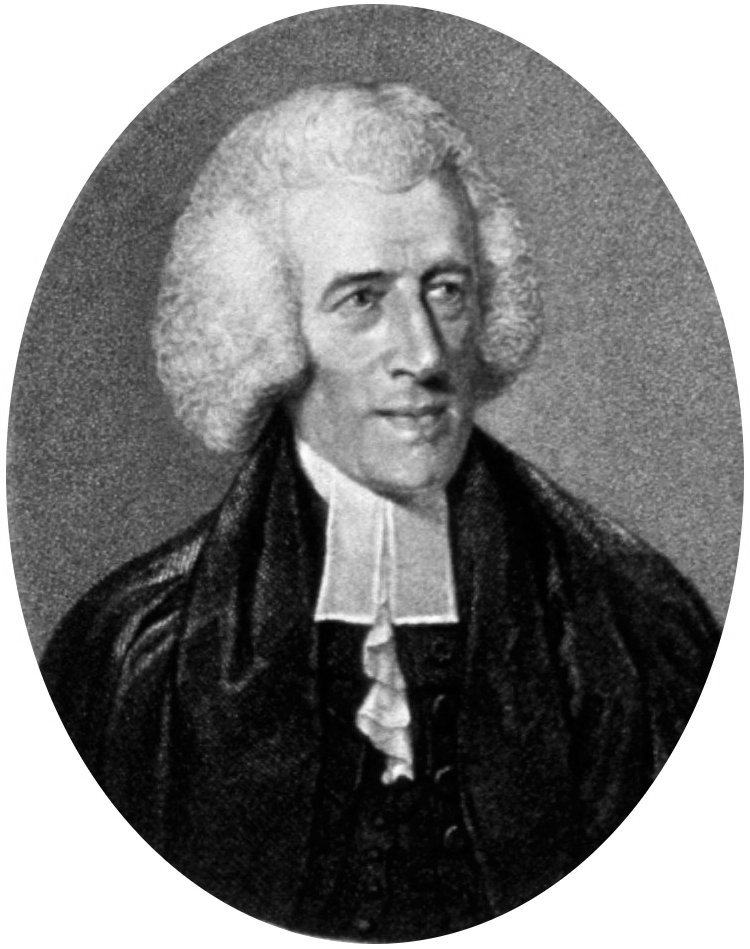|
Cambridge Botanic Garden
The Cambridge University Botanic Garden is a botanical garden located in Cambridge, England, associated with the university Department of Plant Sciences (formerly Botany School). It lies between Trumpington Road to the west, Bateman Street to the north and Hills Road to the east. The garden covers an area of 16 hectares (40 acres). The site is almost entirely on level ground and in addition to its scientific value, the garden is highly rated by gardening enthusiasts. It holds a plant collection of over 8,000 plant species from all over the world to facilitate teaching and research. The garden was created for the University of Cambridge in 1831 by Professor John Stevens Henslow (Charles Darwin's mentor) and was opened to the public in 1846. The third-highest temperature recorded in the UK, 38.7 °C (101.7 °F), was recorded on 25 July 2019 at the garden. History Walkerian Garden After several unsuccessful attempts during the 16th, 17th, and early 18th centuries ... [...More Info...] [...Related Items...] OR: [Wikipedia] [Google] [Baidu] |
Botanical Garden
A botanical garden or botanic gardenThe terms ''botanic'' and ''botanical'' and ''garden'' or ''gardens'' are used more-or-less interchangeably, although the word ''botanic'' is generally reserved for the earlier, more traditional gardens, and is the more usual term in the United Kingdom. is a garden with a documented collection of living plants for the purpose of scientific research, conservation, display, and education. Typically plants are labelled with their botanical names. It may contain specialist plant collections such as cactus, cacti and other succulent plants, herb gardens, plants from particular parts of the world, and so on; there may be greenhouses, shadehouses, again with special collections such as tropical plants, alpine plants, or other exotic plants. Most are at least partly open to the public, and may offer guided tours, educational displays, art exhibitions, book rooms, open-air theatrical and musical performances, and other entertainment. Botanical gard ... [...More Info...] [...Related Items...] OR: [Wikipedia] [Google] [Baidu] |
New Museums Site
The New Museums Site is a major site of the University of Cambridge, located on Pembroke Street, Cambridge, Pembroke Street and Free School Lane, sandwiched between Corpus Christi College, Cambridge, Corpus Christi College, Pembroke College, Cambridge, Pembroke College and Lion Yard. Its Postal codes in the United Kingdom, postcode is CB2 3QH. The smaller and older of two university city-centre science sites (the other is the Downing Site), the New Museums Site houses many of the university's science departments and lecture theatres, as well as two museums. History New Museums was the second university departmental site, after the Old Schools (near the Senate House), and the university's first science site. Several important scientific developments of the 19th and 20th centuries were made at the New Museums Site, mainly at the Old Cavendish Laboratory, including the discoveries of the electron by J. J. Thomson (1897) and the neutron by James Chadwick, Chadwick (1932), splitting th ... [...More Info...] [...Related Items...] OR: [Wikipedia] [Google] [Baidu] |
William Bateson
William Bateson (8 August 1861 – 8 February 1926) was an English biologist who was the first person to use the term genetics to describe the study of heredity, and the chief populariser of the ideas of Gregor Mendel following their rediscovery in 1900 by Hugo de Vries and Carl Correns. His 1894 book ''Materials for the Study of Variation'' was one of the earliest formulations of the new approach to genetics. Early life and education Bateson was born 1861 in Whitby on the Yorkshire coast, the son of William Henry Bateson, Master of St John's College, Cambridge. He was educated at Rugby School and at St John's College, where he graduated BA in 1883 with a first in natural sciences. Taking up embryology, he went to the United States to investigate the development of ''Balanoglossus'', a worm-like hemichordate which led to his interest in vertebrate origins. In 1883–4 he worked in the laboratory of William Keith Brooks, at the Chesapeake Zoölogical Laboratory in Hampton, ... [...More Info...] [...Related Items...] OR: [Wikipedia] [Google] [Baidu] |
Rock Garden
A rock garden, also known as a rockery and formerly as a rockwork, is a garden, or more often a part of a garden, with a landscaping framework of rocks, stones, and gravel, with planting appropriate to this setting. Usually these are small Alpine plants that need relatively little soil or water. Western rock gardens are often divided into alpine gardens, scree gardens on looser, smaller stones, and other rock gardens. Some rock gardens are planted around natural outcrops of rock, perhaps with some artificial landscaping, but most are entirely artificial, with both rocks and plants brought in. Some are designed and built to look like natural outcrops of bedrock. Stones are aligned to suggest a bedding plane, and plants are often used to conceal the joints between said stones. This type of rockery was popular in Victorian times and usually created by professional landscape architects. The same approach is sometimes used in commercial or modern-campus landscaping but can also ... [...More Info...] [...Related Items...] OR: [Wikipedia] [Google] [Baidu] |
Cardale Babington
Charles Cardale Babington (23 November 1808 – 22 July 1895) was an English botanist and archaeologist. He was elected a Fellow of the Royal Society in 1851. Babington was the son of Joseph Babington and Cathérine née Whitter, and a nephew of Thomas Babington Macaulay. He was educated at Charterhouse and St John's College, Cambridge, obtaining his Bachelor of Arts in 1830 and his Master of Arts in 1833. He overlapped at Cambridge with Charles Darwin, and in 1829 they argued over who should have the pick of beetle specimens from a local dealer.Charles Darwin to William Darwin Fox, 1 April 829 Darwin Correspondence Project,Letter no. 60, accessed on 19 August 2020. He obtained the chair of botany at the University of Cambridge in 1861 and wrote several papers on insects. He married Anna Maria Walker on 3 April 1866. Babington was a member of several scientific societies including the Botanical Society of Edinburgh, the Linnean Society of London (1853), the Geological Society o ... [...More Info...] [...Related Items...] OR: [Wikipedia] [Google] [Baidu] |
Allotment (gardening)
An allotment (British English), or in North America, a community garden, is a plot of land made available for individual, non-commercial gardening or growing food plants, so forming a kitchen garden away from the residence of the user. Such plots are formed by subdividing a piece of land into a few or up to several hundred parcels that are assigned to individuals or families. Such parcels are cultivated individually, contrary to other community garden types where the entire area is tended collectively by a group of people. In countries that do not use the term "allotment (garden)", a "community garden" may refer to individual small garden plots as well as to a single, large piece of land gardened collectively by a group of people. The term "victory garden" is also still sometimes used, especially when a community garden dates back to the First or Second World War. The individual size of a parcel typically suits the needs of a family, and often the plots include a shed for tools a ... [...More Info...] [...Related Items...] OR: [Wikipedia] [Google] [Baidu] |
James Donn
James Donn (1758–1813) was an English botanist and gardener. He was trained by William Aiton, a protege of Sir Joseph Banks and was Curator of the Cambridge University Botanic Garden, Cambridge, from 1790 until his death. His most important work was '' Hortus Cantabrigiensis'', first published in 1796 but with several later, much expanded, editions. It carried on past his death until 1845. A copy was given to the Library of the Gray Herbarium of Harvard University in 1895. He became a Fellow of the Linnean Society in 1812. A memorial to James Donn, exists on St Edward the Martyr's church in Cambridge. A grandson was the English composer William Sterndale Bennett Sir William Sterndale Bennett (13 April 18161 February 1875) was an English composer, pianist, conductor and music educator. At the age of ten Bennett was admitted to the London Royal Academy of Music (RAM), where he remained for ten years. B ....Sterndale Bennett, JR "The Life of Sterndale Bennett" pp5&46. ... [...More Info...] [...Related Items...] OR: [Wikipedia] [Google] [Baidu] |
Physic Garden
A physic garden is a type of herb garden with medicinal plants. Botanical gardens developed from them. History Modern botanical gardens were preceded by medieval physic gardens, often monastic gardens, that existed by 800 at least. Gardens of this time included various sections including one for medicinal plants called the or . Pope Nicholas V set aside part of the Vatican grounds in 1447 for a garden of medicinal plants that were used to promote the teaching of botany, and this was a forerunner to the academic botanical gardens at Padua and Pisa established in the 1540s. Certainly the founding of many early botanic gardens was instigated by members of the medical profession. The naturalist William Turner established physic gardens at Cologne, Wells, and Kew; he also wrote to Lord Burleigh recommending that a physic garden be established at Cambridge University with himself at its head. The 1597 ''Herball, or Generall Historie of Plantes'' by herbalist John Gerard was said t ... [...More Info...] [...Related Items...] OR: [Wikipedia] [Google] [Baidu] |
Thomas Martyn
Thomas Martyn (23 September 1735 – 3 June 1825) was an English botanist and Professor of Botany at Cambridge University. He is sometimes confused with the conchologist and entomologist of the same name. Life Thomas Martyn was the son of the botanist John Martyn (1699–1768). He was educated in Chelsea and at Emmanuel College, Cambridge, graduating BA in 1756 and becoming a fellow of Sidney Sussex College and being ordained deacon in 1758. In 1759 he became MA and priest. In 1762 he succeeded his father as Professor of Botany at the University, and held the post until his death in 1825, though he only lectured until 1796 'as the subject was not popular'. Thomas Martyn's professorship at Cambridge lasted for 63 years, while his father had held the same post for 29 years. Thomas Martyn was elected a Fellow of the Royal Society in 1786. Works Two of Martyn's major works are ''Plantæ Cantabrigiensis'' (1763) and ''Flora Rustica'', 4 vols. (1792–1794). He translated the '' L ... [...More Info...] [...Related Items...] OR: [Wikipedia] [Google] [Baidu] |
Botanic Garden
A botanical garden or botanic gardenThe terms ''botanic'' and ''botanical'' and ''garden'' or ''gardens'' are used more-or-less interchangeably, although the word ''botanic'' is generally reserved for the earlier, more traditional gardens, and is the more usual term in the United Kingdom. is a garden with a documented collection of living plants for the purpose of scientific research, conservation, display, and education. Typically plants are labelled with their botanical names. It may contain specialist plant collections such as cacti and other succulent plants, herb gardens, plants from particular parts of the world, and so on; there may be greenhouses, shadehouses, again with special collections such as tropical plants, alpine plants, or other exotic plants. Most are at least partly open to the public, and may offer guided tours, educational displays, art exhibitions, book rooms, open-air theatrical and musical performances, and other entertainment. Botanical gardens ... [...More Info...] [...Related Items...] OR: [Wikipedia] [Google] [Baidu] |
Cambridge University
, mottoeng = Literal: From here, light and sacred draughts. Non literal: From this place, we gain enlightenment and precious knowledge. , established = , other_name = The Chancellor, Masters and Scholars of the University of Cambridge , type = Public research university , endowment = £7.121 billion (including colleges) , budget = £2.308 billion (excluding colleges) , chancellor = The Lord Sainsbury of Turville , vice_chancellor = Anthony Freeling , students = 24,450 (2020) , undergrad = 12,850 (2020) , postgrad = 11,600 (2020) , city = Cambridge , country = England , campus_type = , sporting_affiliations = The Sporting Blue , colours = Cambridge Blue , website = , logo = University of Cambridge logo ... [...More Info...] [...Related Items...] OR: [Wikipedia] [Google] [Baidu] |
Chelsea Physic Garden
The Chelsea Physic Garden was established as the Apothecaries' Garden in London, England, in 1673 by the Worshipful Society of Apothecaries to grow plants to be used as medicines. This four acre physic garden, the term here referring to the science of healing, is among the oldest botanical gardens in Britain, after the University of Oxford Botanic Garden. Its rock garden is the oldest in Europe devoted to alpine plants and Mediterranean plants. The largest fruiting olive tree in Britain is there, protected by the garden's heat-trapping high brick walls, along with what is doubtless the world's northernmost grapefruit growing outdoors. Jealously guarded during the tenure of the Worshipful Society of Apothecaries, the garden became a registered charity in 1983 and was opened to the general public for the first time. The garden is a member of the London Museums of Health & Medicine. It is also Grade I listed in the Register of Historic Parks and Gardens of Special Historic Intere ... [...More Info...] [...Related Items...] OR: [Wikipedia] [Google] [Baidu] |







_07.jpg)

